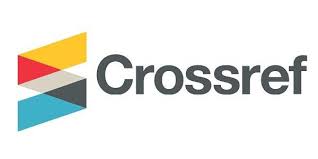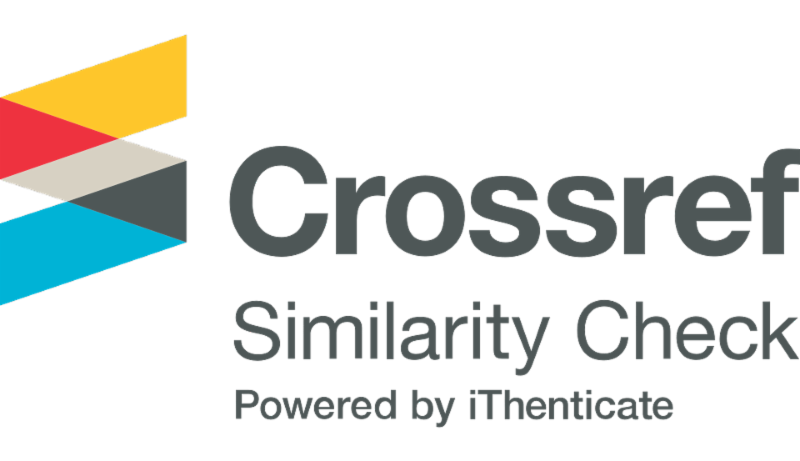
More articles from Volume 1, Issue 2, 2019
THE EFFECTS OF MODIFIED CLAY ON CONTROLLED DRUG RELEASE SYSTEMS
POLYMERIC SCAFFOLDS FOR TISSUE ENGINEERING APPLICATIONS
POLYMER CONCRETE MIXTURES – APPLICATION IN ENGINEERING INDUSTRY
INTERCONNECTION OF MATERIALS SCIENCE, 3D PRINTING AND MATHEMATIC IN INTERDISCIPLINARY EDUCATION
THE INNOVATIVE APPROACH TO INTELLIGENT HELPDESK SYSTEMS DEVELOPMENT
Article views
THE EFFECTS OF MODIFIED CLAY ON CONTROLLED DRUG RELEASE SYSTEMS
Geology Department, Engineering Faculty, Istanbul University Cerrahpaşa , Istanbul , Turkey
Chemistry Department, Engineering Faculty, Istanbul University Cerrahpaşa , Istanbul , Turkey
Faculty of Technology, University of Novi Sad , Novi Sad , Serbia
Faculty of Technology, University of Novi Sad , Novi Sad , Serbia
Faculty of Technology, University of Novi Sad , Novi Sad , Serbia
Faculty of Technology, University of Novi Sad , Novi Sad , Serbia
Faculty of Technology, University of Novi Sad , Novi Sad , Serbia
Received: 03.11.2019.
Accepted: 23.11.2019. >>
Published: 29.11.2019.
Volume 1, Issue 2 (2019)
pp. 1-7;
Abstract
Recently, controlled drug release systems have been garnering a lot of attention, due to more targeted and effective approach for delivering drugs to a specific tissue. Because of a specific structure and natural abundance, clays are being added to those systems in order to increase its efficiency and minimize costs. In this study, controlled release kinetics of the drug active substance 5-Fluorouracil was studied, using halloysite clay/polymer drug carriers. For this purpose, the halloysite clay was initially modified with cetyltrimethyl ammonium bromide (CTAB). Drug carriers were prepared by adding modified halloysite clays in the mixtures of polyvinyl alcohol (PVA) and sodium alginate. Firstly, the swelling behaviour of the prepared substances was studied in buffer solutions at different pH. The drug release kinetics from the drug carriers, loaded with 5- Fluorouracil, was observed under a UV-spectrophotometer at 266 nm. Release profiles of the active substance were obtained by studying its release in buffer solutions at different pH. The results showed that the prepared drug carriers with modified halloysite clay were suitable for carrying and releasing of the 5-Fluorouracil.
Keywords
References
Citation
Copyright
All papers are licensed under a Creative Commons Attribution 4.0 International License.
Article metrics
The statements, opinions and data contained in the journal are solely those of the individual authors and contributors and not of the publisher and the editor(s). We stay neutral with regard to jurisdictional claims in published maps and institutional affiliations.












